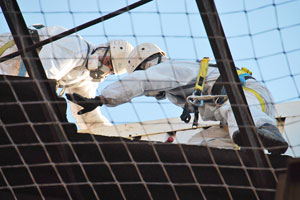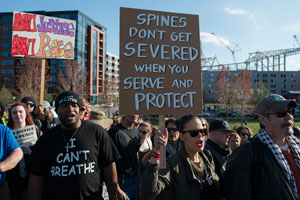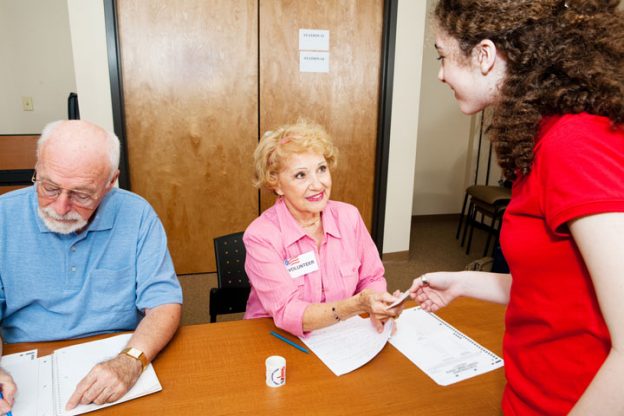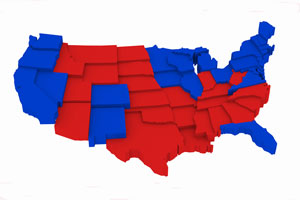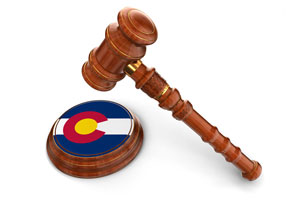The plaintiffs in a lawsuit against Bayer Healthcare recently faced a legal hurdle when four of their expert witnesses were barred from testifying. Bayer Healthcare is the maker of the Mirena intrauterine device or IUD, a contraceptive. Plaintiffs claim that the Mirena IUD can puncture the uterus and end up elsewhere in the body.
Plaintiffs in the lawsuit are 1,200 women who filed lawsuits against Bayer Healthcare. These lawsuits were consolidated. The women bringing these suits claim that Bayer failed to warn of the risk that the IUD could puncture the uterine wall, an injury called a secondary perforation. A secondary perforation is a risk even when it is inserted correctly by a physician.
Expert Witnesses
Plaintiffs’ expert witnesses included two ob-gyn witnesses and a uterine physiologist. Judge Cathy Seibel ruled that plaintiffs’ experts were either unqualified to testify, unreliable, or both. She allowed two of plaintiffs’ other experts, but limited the scope of their testimony. She also limited the scope of two of Bayer’s witnesses. Judge Seibel found that excluded witnesses’ testimony was based on hypothesis rather than scientific evidence. She stated that one of the experts “was given a conclusion by lawyers and worked backwards to hypothesize a mechanism by which it might occur” and criticized another expert’s opinions for lack of support by the medical community.
Bayer contends that these women have no case because they haven’t shown that they were injured or that the Mirena IUD is to blame. On May 4, 2016, Bayer filed a motion for summary judgment, arguing that the plaintiffs will not be able to prove that the IUD could puncture the uterine wall, even if properly inserted, because nearly all of their experts have been excluded.
The Case
The women argue that they can prove their case without experts and assert that Bayer’s own admissions about the dangers of Mirena are enough to prove their case. They state that “[f]or years, Bayer has admitted – everywhere but in the courtroom – that Mirena can perforate the uterus after being properly inserted.” They argue that “A party’s admissions are admissible evidence, and when such evidence shows that a defendant has admitted general causation — that is, admitted that the complained — of injury can occur – no expert testimony on that subject is required.”
In January 2013, the FDA approved Bayer’s IUD called “Sklya,” a slightly smaller version of Mirena. Sklya comes with a warning label that warns that uterine perforation may occur “most often during insertion” but may not be detected until later. This same language was approved for use on Mirena’s label in May 2014. Bayer has also been using same warning message for Mirena since 2010 in Canada.
One of the experts who was excluded by the court, Dr. Roger C. Young, opined that Mirena can exert a force of 390 pounds per square inch, which is enough force to puncture the uterus.
The case is still pending as In re: Mirena IUD Products Liability Litigation, case number 7:13-md-02434, in the United States District Court for the Southern District of New York.





